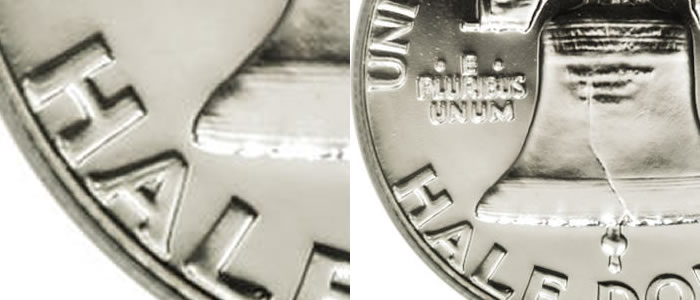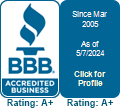
After first hearing the definition of a “proof” coin, or a specially struck coin with mirrored surfaces produced by the United States Mint for collectors instead of for circulation, it becomes clear that such coins are quite special.
Buy, Value or Appraise Your US Coins
Bid or buy US coins for sale, value your item, or request a free appraisal to sell your collection.
How Much are Proof Coins Worth?
They typically carry a notable premium over regular issue coins and are beloved by collectors. In the early decades of the U.S. Mint, such proof coins were struck mainly as presentation pieces or by special request to the mint from collectors. Years later, the modern concept of a proof set as we know it today was developed.
When Were the First US Coin Proof Sets Made?
Starting in 1936, the full range of regular issue circulating coins (penny, nickel, dime, quarter, and half dollar) was produced in proof format for collectors, and by the mid-1950s this process of producing so-called “proof sets” was firmly cemented as common practice. Ever since, collectors can order proof sets containing one of each regular issue coin in the special proof format with that year’s date. Presently, millions of these sets are made each year.
Since proof sets became regularly produced and available to the public, they have been perennially popular both as gifts and with collectors alike. Each year has special dated packaging and contains beautiful proof versions of that year’s circulating coinage.
Are US Coin Proof Sets Valuable?
Despite their popularity, however, not all proof sets are worth a large premium over the face value of the coins they contain. Many proof sets from the 1990s or 2000s, for example, can be obtained for under $10 each. Therefore, seeing box upon box of these relatively common later date proof sets can be downright boring to the advanced collector or longtime coin dealer despite these coins’ beauty.
1961 Franklin Half Dollar Proof Coin with Doubled Die Value
It is a pleasant surprise, then, to find a rare and expensive variety among the more modern and inexpensive proof sets—the 1961 doubled die reverse proof Franklin half dollar. A doubled die occurs when the design elements present on a coin are doubled and thus appear as if they were struck twice.
This is especially notable because not only are proofs intended to be produced to an exacting standard, but the mirrored surfaces emphasize the misaligned appearance of the doubled die reverse. Although there are multiple minor versions of this variety with only slight doubling, the rarest and most popular version is very clearly visible to the naked eye.
Listed in Bill Fivaz and J.T. Stanton’s Cherry Picker’s Guide as FS-50-1961-801 and pictured on the cover of the Fifth Edition of this well-known text, the 1961 doubled die reverse proof half is a true treasure among the proof coins that one might discover in a set. They are very scarce indeed and show strong doubling on E PLURIBUS UNUM and UNITED.
As Fivaz and Stanton write, “Very few have been uncovered in the last five or six years, but check those unopened 1961 Proof sets—you may ring the bell if you have one!” The Cherry Picker’s Guide also estimates a retail value of $3,000 in Proof 65 condition for this strongest version of the 1961 doubled die, while the PCGS Price Guide estimates $3,650 for the same grade. Given the approximate value of $25 for the typical 1961 proof set, finding a doubled die in your set would be exciting indeed!
Several minor versions with only slight doubling exist that are not to be confused with the truly dramatic doubling of FS-50-1961-801. These slightly doubled versions are still worth a premium over the regular proof price but are far less rare or expensive.
Even so, the rarity and high value of this variety makes it worth checking through that box of proof sets to see just what might be waiting to be discovered! Depending on its grade, finding a 1961 doubled die Franklin in your set can transform it from an inexpensive collectible to an intriguing and profitable find. You never know when those old proof sets that you inherited might reveal an unexpected surprise like the 1961 doubled die reverse half. Happy hunting!
Check out Heritage’s FREE coin price guide for quick answers on what your item could be worth.
By Sarah Miller



Sarah,
My name is Steven Couzzo, and I am a blind senior who has been collecting coins for some time now. My collection mostly is from 1930 through 1970. Recently I purchased a 1961 Franklin half dollar proof graded PF68 for a graded mint set. I use adaptive technology to enlarge Views so I can see the coins Details. I noticed on this coin a doubling on the reverse, and after some research I felt confident to send the coin back to NGC for regrade and variety plus evaluation.
This was my first coin I ever had graded, and it was regraded as a double die reverse PF68, only one other exists in this highest grade.
It goes to show you never what you can find.
Regards,
Steven Couzzo